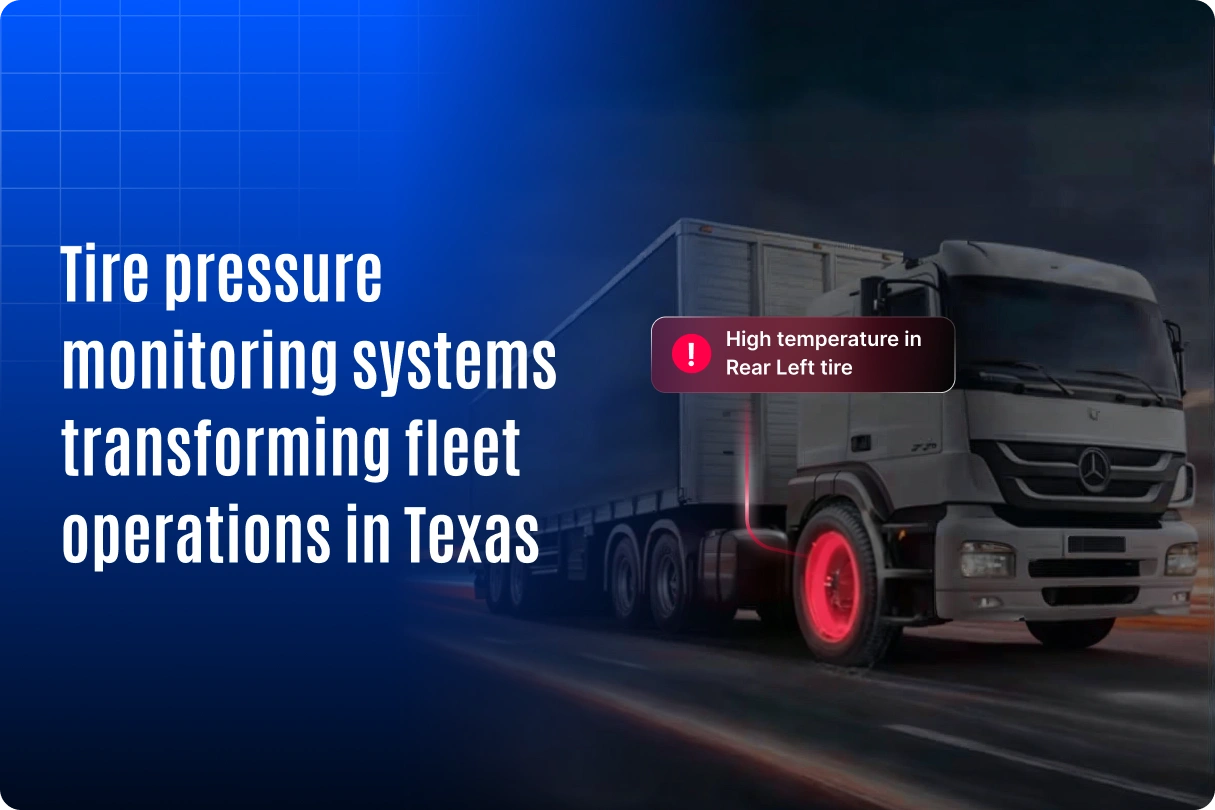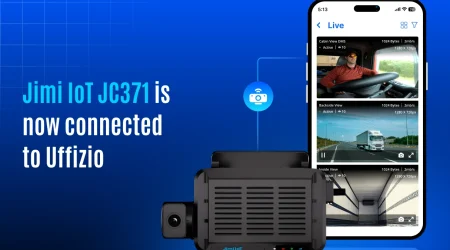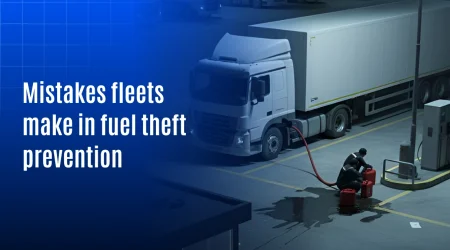How Tire Pressure Monitoring System Are Transforming Fleet Operations in Texas

Drive across Texas and you’ll see fleets everywhere hauling goods through Houston’s freeways, crossing the desert stretches of West Texas, or moving heavy loads from oilfields. To keep these vehicles safe and efficient, more operators now rely on a tire pressure monitoring system in Texas as part of their daily operations. It’s not just about movement; these fleets keep the state’s economy alive, but tires remain the hidden weak point that can turn costly without warning.
Tires carry the entire weight of every trip, and when they fail, the consequences are severe-breakdowns, delayed deliveries, safety risks, and high repair bills. In Texas, where heat, long distances, and heavy loads put relentless stress on vehicles, tires face more pressure than almost anywhere else. That’s why smart fleet managers are investing in a monitoring system to prevent failures and keep operations running smoothly.
Why tires struggle with pressure monitoring in Texas
The state’s conditions create unique problems for fleets:
- Extreme heat: Road surfaces in summer can reach dangerous temperatures. Underinflated tires quickly become dangerous.
- Heavy-duty loads: Trucks carrying oilfield or construction supplies put enormous strain on their tires.
- High costs: Tires represent 20–30% of a fleet’s maintenance budget. Every blowout or early replacement eats into profits.
And the numbers highlight the issue even more:
- Underinflated tires waste 3–5% more fuel. For a truck burning $70,000 in fuel each year, that’s $2,000–$3,500 lost.
- A single blowout can cost over $1,000 in emergency repairs, not including downtime.
- A 10% drop in pressure can shorten tire life by 15%.
For Texas fleets, this isn’t just an inconvenience – it’s a daily risk.
How tire pressure monitoring software keeps fleets in control
This is where TPMS helps. Some sensors need to be installed inside the tires that track pressure and temperature. But the real power comes from the way this data connects with fleet management software.
- Live dashboards show the exact health of every tire in real time.
- Instant alerts notify drivers and managers when something goes wrong.
- Reports and analytics reveal patterns, like which tires keep losing air or which routes cause faster wear.
- Logs and history create proof of maintenance, ready for audits or inspections.
Instead of reacting after a tire fails, fleets can now prevent problems before they happen.
How it works in daily life
Imagine a truck running from Dallas to Houston. Without TPMS, the driver manually checks the pressure before departure. If a tire slowly leaks air on the way, it may go unnoticed until it blows out. That means an expensive roadside repair and a delayed delivery.
With TPMS, the same trip looks different. The driver receives an alert as soon as the system detects a slow leak. The fleet manager sees it too, and by using tire management software for mining industry, they gain more control over tire performance and maintenance schedules. Together, they decide whether to fix it at the next service stop or send assistance before it turns critical. The result? No roadside emergency, no lost time, and no unhappy customer.
TPMS is more than tire data
At the fleet level, a tire pressure monitoring System tracks tire pressure and temperature in real time. Sensors send data to the driver and fleet manager. If a tire starts to fail, alerts trigger instantly.
For integrators, though, TPMS means more than tire safety. It’s:
- A value-add software service that expands your portfolio.
- A white-label solution you can brand and resell.
- A recurring revenue driver, with fleets paying for continuous monitoring and support.
This makes TPMS less about tires and more about a business enabler for your company.
Turning fleet benefits into advantages
Every benefit that TPMS delivers to fleets becomes a sales lever for system integrators:
- Safety → Faster deals
Fleets prioritize accident prevention. Pitching TPMS as a safety-first tool aligns with their goals.
- Fuel savings → ROI story
Proper tire pressure reduces fuel consumption by 3–5%. Use this as proof when pitching ROI to clients.
- Tire longevity → Client stickiness
Consistent inflation extends tire life, making renewals an easy decision for fleets.
- Downtime reduction → Competitive edge
Preventing breakdowns helps fleets stay on schedule. It’s a strong differentiator when competing against integrators offering only basic GPS.
The benefits of tire pressure monitoring software for fleets
1. Safer operations
Tire blowouts often cause serious accidents. TPMS for safer and reliable fleets helps catch issues before they escalate, ensuring safer journeys for drivers and everyone on the road.
2. Lower fuel costs
Correct tire pressure reduces rolling resistance, meaning trucks use less fuel. Saving 3–5% on fuel per vehicle adds up quickly across a fleet.
3. Longer tire life
Evenly inflated tires wear more slowly and last longer. TPMS reports help managers know when to rotate or replace, stretching tire life by months.
4. Reduced downtime
A truck on the roadside is money lost. TPMS keeps vehicles running by preventing failures before they cause breakdowns.
5. Simple compliance
Fleets in Texas often face inspections. TPMS logs provide digital proof of tire health, making compliance faster and easier.
Beyond tires: Smarter fleet management
TPMS is more than an alert system. It’s part of building smarter fleets.
- Predictive maintenance: Reports show which tires are at risk, so managers can act before a breakdown.
- Driver insights: Tire data links with driving habits, helping fleets improve driver performance.
- Connected operations: TPMS works alongside fuel tracking, route planning, and other tools to give a complete view of fleet health.
When fleets use TPMS as part of their wider system, they don’t just save money on tires-they run more reliable, data-driven operations.
Conclusion: The time to act
Running fleets in Texas will never be easy. The roads are long, the heat is intense, and the loads are heavy. But with a tire pressure monitoring System, managers no longer have to leave tire health to chance.
By giving clear reports, instant alerts, and a complete view of every tire, TPMS takes one of the hardest parts of fleet management and makes it predictable. The result is fewer surprises, lower costs, and vehicles that stay where they belong-on the road.
For fleets looking to stay safe, save money, and run smarter, TPMS isn’t just a new feature. It’s a step toward real peace of mind.




